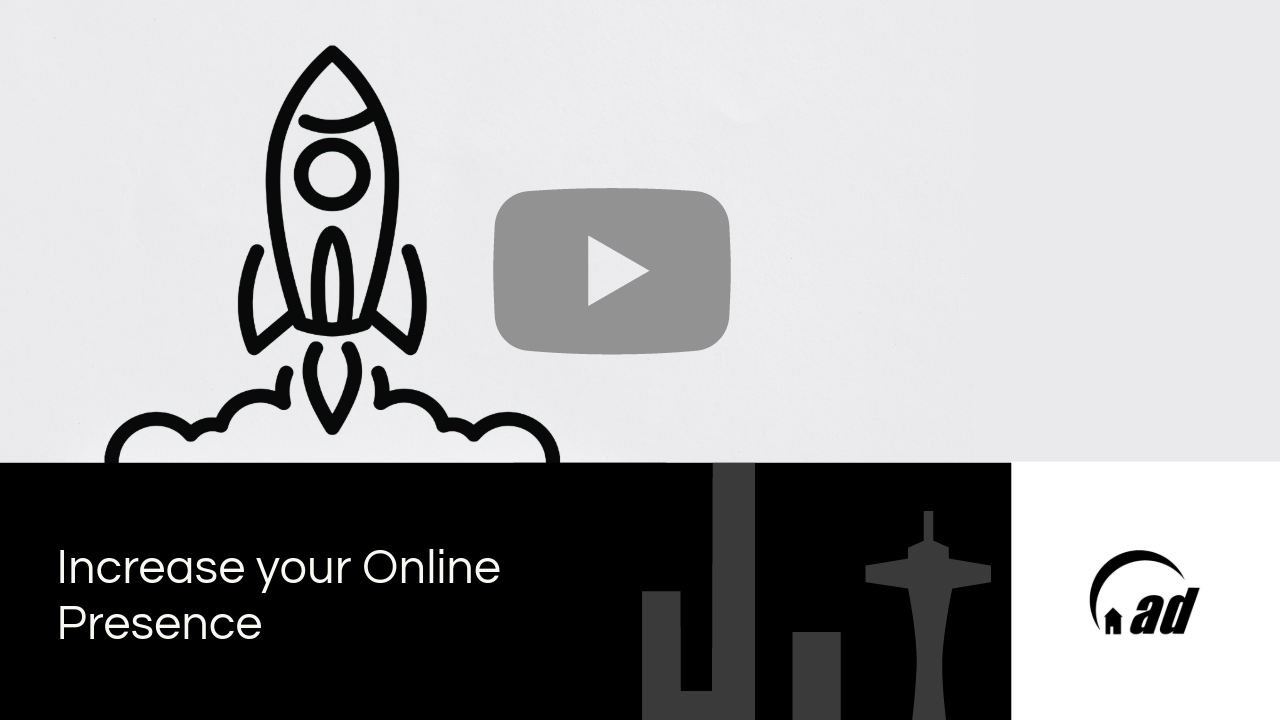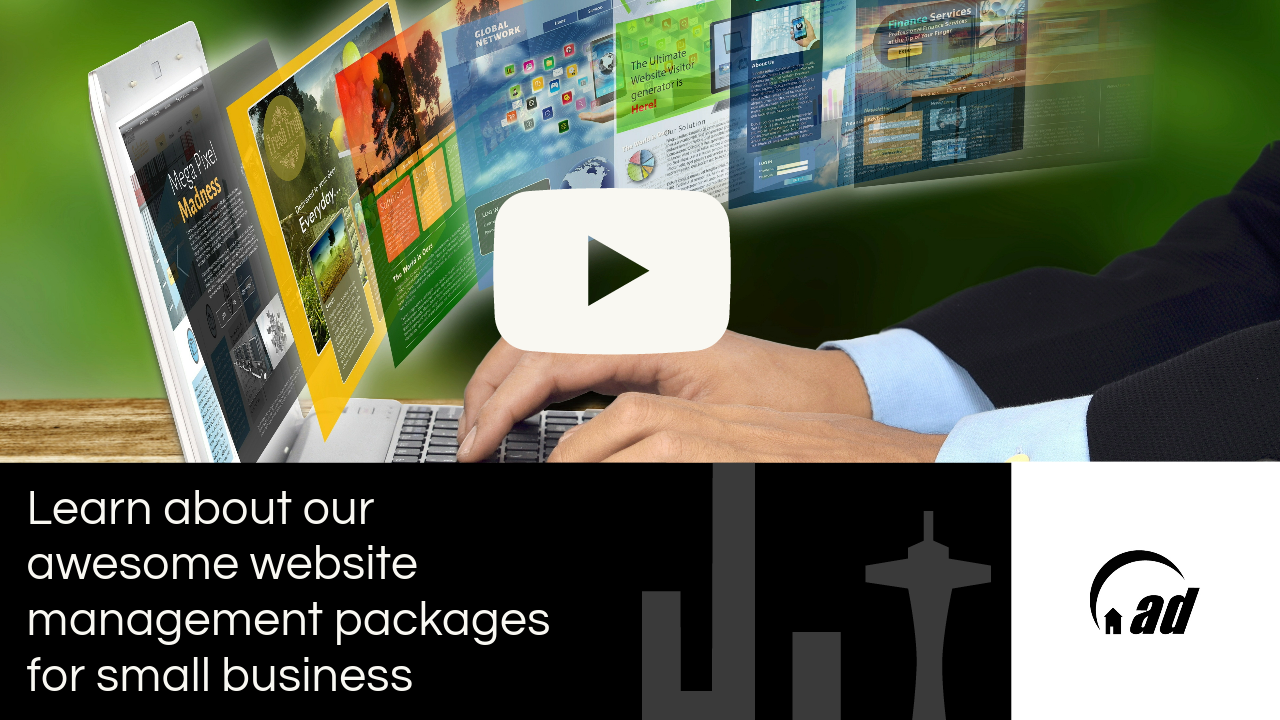How to Pick a Website Management Package That Fits Your Needs (and Budget)
If you want to make the process of choosing a website management package painless, then here is what you need to be aware of.
The decision to move from a DIY website to a web agency isn't always straightforward. A significant factor is your flexibility. The do-it-yourself approach is more flexible because you do not have to talk to another party to change your website. However, as you know, the DIY process takes a lot of your time and, most importantly, your mental energy. If you want a website that can handle all of your needs, you may be wondering if you should give yourself over to an agency. Either way, there are many pros and cons to each option. But here's the thing: You can't make an educated decision until you understand what your options are. So in this article, we're going to assist you in figuring out how to pick an agency and find the right package for your business.

A fellow small business owner recently asked me, "I need to find the right website management package. What should I look for in finding the right solution for my website and online presence?"
Before you think about hiring a website designer, make sure you have a clear understanding of what it is you're trying to achieve. What are your needs? What is it that you want your website to do? Are you aiming for conversion or just a little bit of traffic? What content will help you meet your objectives? Your website should answer these questions and more. You can use the answers to the questions above to help you communicate your needs to a website management agency.
It's a brilliant idea to start with a clear understanding of your objectives. This way, you'll know what you're looking for in a website designer. You should explain all your requirements to them and ask them questions about their thoughts. It would help if you told them why you want to create a website in the first place. It would help if you had what you want to achieve from the website in mind. You should let them know what you expect the website to do and how you want it to look. This information can help the website designer develop the best ideas to help you achieve your objectives.
You can find many different options in terms of website management agencies. With so many agencies, it is good to carefully consider all of your options and choose the one that meets your needs the most. Some are better suited to larger organizations, while others design for smaller companies. Some websites only require a monthly subscription fee, while others offer more extensive packages. It is essential to check the terms of any package you are considering and understand how it will work for you. The key here is to ensure that you get what you need from the company you choose.
A website management agency can help to set up, build, manage, and host a website. However, their basic package may not have everything you need for your business. For example, you will pay extra for such things as search engine optimization, social media marketing, video hosting, online training courses, and more. You should be aware of the different services that a website management package has, so you can determine whether they are necessary for your business or not. You may have to pay extra for these services, which means that you might as well get all of the benefits for your money at once. It's much cheaper than getting them separately over time.
There are many different reasons why your website needs to be maintained, from SEO to security. Your web developer should have a good understanding of these various tasks and should set them into their monthly priorities. It is also crucial that you talk about how frequently site updates will happen. These priorities will help the web designer and agency plan a consistent schedule to maintain your company's website.
The most important thing that a website needs is to rank on the search engines. Sites that rank well show up quickly, giving you a higher rate of winning a new client. The best way to be listed well in search engine land is through keyword research, business citations, and search engine optimization services. Never work with a website designer who has no experience in search engine optimization. You also need to ensure that the website is secure because there are many different threats online. You also need to pay attention to what content you are putting out there. Great content that appeals to your audience is the key to selling your products or services. Ensure that you update the site regularly because if people are not finding anything new and relevant to them, they will leave your site.
Most people are just using their current websites and hosting services because that's what they know. But with the explosion in demand for websites over the past few years, the need to upgrade your current website is essential. A website that looks and feels better than your competitors is a sure winner. We've got the answers to the questions you need to ask before choosing a new web design and website management package and how to pick an agency to deliver the service. Number one is to build a new website that meets your needs. Compare the various features of various web design packages and providers. For instance, we have several options that you can choose because not every business is the same.
When choosing an agency, look at their web page. How easy is it to navigate, whether the website is fast or slow, and do you like the style? Does the agency show up in search engines? These are all good things to look for when choosing an agency. Now that you have an agency in mind, it is time to look at their packages. What is the customer support service that comes with your package? Do you want to be able to talk to someone directly? What kind of support will they provide? You'll also want to make sure that you are paying the right price. It will help if you compare pricing to get an idea of what things cost. It is not the easiest because agencies and packages sometimes can not be compared. When you choose a new web design package, it's important to remember that you're investing a lot of money. You want to be clear that you're getting good value for your money. There's no point in spending money on something that doesn't meet your needs. It would help if you went with a company that has the experience to help you decide what package is best for you and your business.
- How much is content development included?
- Does the package include unlimited edits?
- How much are the setup fees?
- What type of SEO services are in the package?
- What level of service are you looking for in the deal?
- Does the website design agency outsource its work?
- How long will it take to have a finished product?
- What is your monthly budget for your website maintenance?
You need to take the time and look at more than just the features because you need to weigh them against what you need to get done. The good news is that most website management packages work well. However, it would help if you did your research, especially when planning to outsource your website management to an agency. Don't get caught up in the hype. The best way to choose a website management package is by asking the right questions and looking at the answers you get from those questions. The questions will help you determine which features you need and how you plan to use them.
Suppose you are not committed to a package for you and your business. Our team is eager to help you choose one. Contact us to get started.
Share
Tips & Updates








